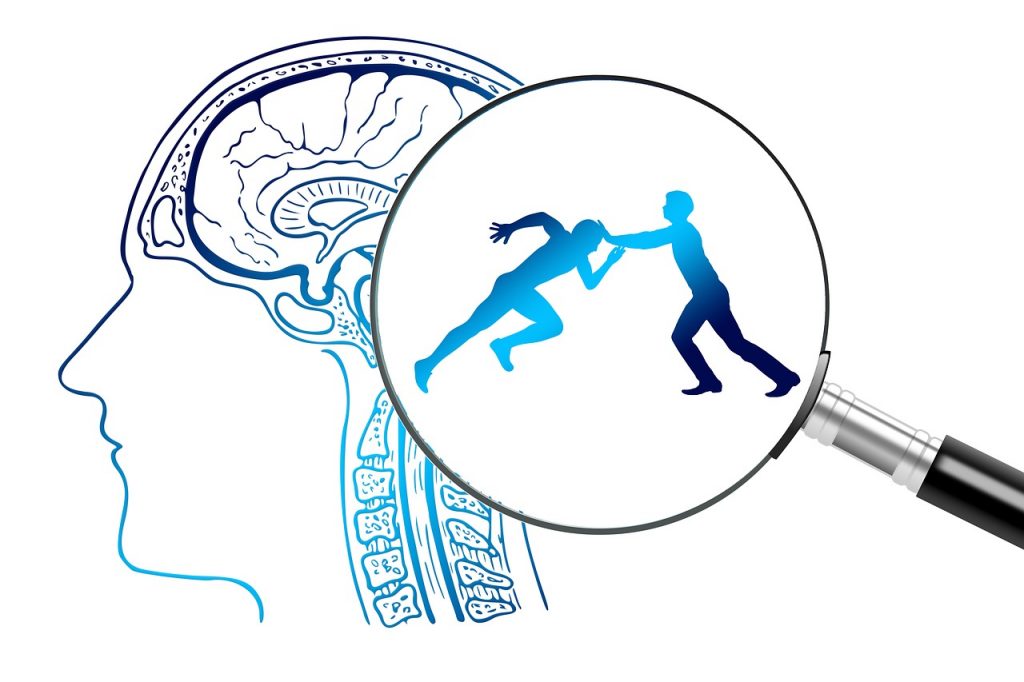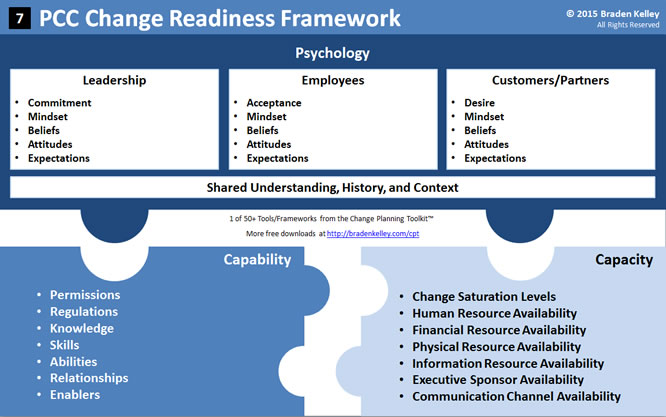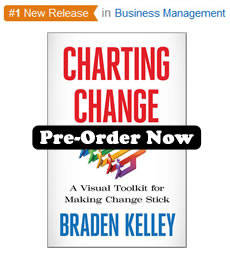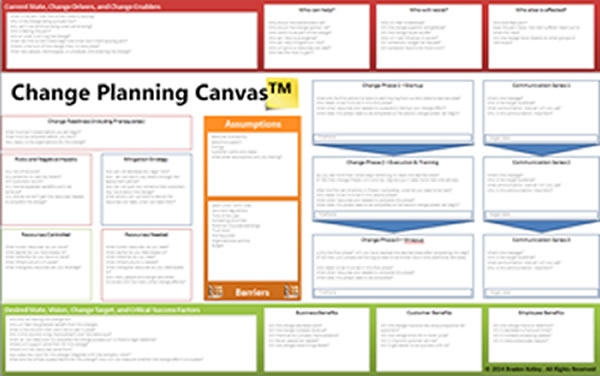
GUEST POST from Art Inteligencia
Change is an inevitable part of today’s workplace. Whether driven by external forces such as technology, or internal factors such as restructuring, it’s important to know how to effectively manage resistance to change in the workplace. Employees have their own preferred ways of carrying out their job, and asking them to change the way they’re working can be disruptive. Here we will explore some key strategies for managing resistance to change, illustrated with case study examples.
Understand the Underlying Cause
The first step to overcoming resistance to change in the workplace is to understand exactly why employees are resisting the change. It could be due to a lack of information or understanding, simply being comfortable with the status quo, or it could be driven by office politics or a fear of the unknown. Once the underlying cause is understood it is easier to develop a plan to successfully manage the resistance.
For example, when Cupcake Company rolled out a new online customer ordering platform, employees were hesitant to get on board with the change. After flagging this resistance with management, they realized that employees didn’t have enough meaningful information about how the new system worked. They quickly organized training sessions to explain the new process, and started to monitor who was using the system to fine-tune it where needed.
Engage and Involve Everyone Who Will Be Affected
It’s important to engage and involve employees who will be affected by the change. This will help to build a sense of ownership and responsibility for the change, and will give them the opportunity to provide feedback and suggestions for how the change could be better managed.
For example, when the Retail Store began introducing self-checkout into its stores, they gathered a team of employees from diverse backgrounds to be ‘change champions’. These change champions were responsible for educating their peers about the benefits of the new system and encouraging them to adopt it. They also gave active feedback to the management team about any issues or problems they were facing. This approach helped to ensure that everyone involved was bought into the changes and invested in their success.
Communicate and Promote the Benefits
Employees will be more likely to accept a change if they understand the benefits of it. Companies should communicate and promote the benefits of the proposed change before it is implemented, and keep the lines of communication open throughout to ensure that employees are kept informed of developments.
For example, when a manufacturer was introducing robotic automation, they used a mix of in-person and virtual events to communicate the benefits of the new system to their workforce. They showed their employees how the new system could help free up their time for more value-added tasks, and offered skills development and training opportunities for those who wanted to gain experience in the new area. By focusing on the tangible value that employees could get from the new system, they were able to create a more positive outlook on the change.
Create a Supportive Environment
A supportive environment is essential to help employees embrace change. This can involve mentorship programs, workshops, and activities that allow employees to practice their new skills and exchange ideas on how to optimise the change.
For example, when a tech company launched its new cloud software, they dedicated a team of “change ambassadors” who acted as role models and mentors for other employees. They held regular knowledge sharing sessions and open forums to discuss ideas about how to make the most of the new system. The ambassadors also ran practice sessions for those who were new to the software and led workshops to help employees build confidence in their new skills. This approach created an open and supportive environment in which employees were comfortable to try out the new system and learn from their mistakes.
Building a Culture of Change
Forming a culture of change takes time, but it is worth investing in. Management should encourage employees to take ownership of the change and be proactive in creating new opportunities to optimize the system. This could involve setting incentives for employees who come up with innovative solutions, or implementing process improvement initiatives that allow everyone in the organization to contribute to the change process.
For example, when an accounting firm began introducing automation, they implemented a quarterly “change feedback” program. This program allowed employees to provide feedback and suggestions on how the automation process could be improved, and rewards those who came up with the most innovative ideas. By inviting the entire organization to be part of the change initiative, the firm was able to better manage resistance to change and speed up the transition process.
Conclusion
Change is often disruptive, but it is also an essential part of staying competitive and innovative. Through understanding the underlying cause, engaging and involving everyone who will be affected, communicating and promoting the benefits, creating a supportive environment, and building a culture of change, companies can successfully manage resistance to change in the workplace and find new ways to optimize their systems.
SPECIAL BONUS: Braden Kelley’s Problem Finding Canvas can be a super useful starting point for doing design thinking or human-centered design.
“The Problem Finding Canvas should help you investigate a handful of areas to explore, choose the one most important to you, extract all of the potential challenges and opportunities and choose one to prioritize.”
Image credit: Pexels
![]() Sign up here to get Human-Centered Change & Innovation Weekly delivered to your inbox every week.
Sign up here to get Human-Centered Change & Innovation Weekly delivered to your inbox every week.
 Are you and your organization ready for change?
Are you and your organization ready for change?


 The idea that people always resist change is a lie, and it is extremely damaging to organization’s seeking to increase their organizational agility.
The idea that people always resist change is a lie, and it is extremely damaging to organization’s seeking to increase their organizational agility.

